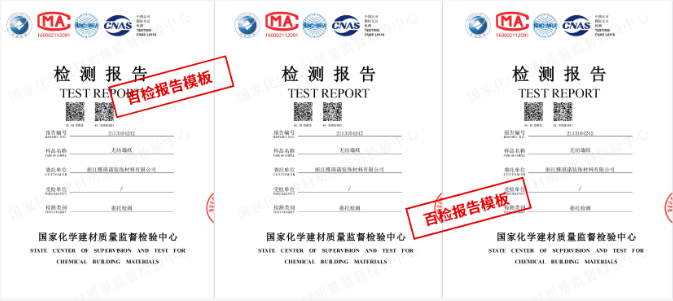
本文主要列举了关于外窗、门、采光顶和幕墙的相关检测方法,检测方法仅供参考,如果您想针对自己的样品定制试验方案,可以咨询我们。
1. Visual Inspection: Visual inspection involves examining the external windows, doors, skylights, and curtain walls for any signs of damage, wear, or malfunction. This method allows for a thorough assessment of the exterior building envelope.
2. Thermal Imaging: Thermal imaging is used to detect temperature differences in the building envelope, which can indicate areas of air leakage, insulation gaps, or moisture infiltration. This non-invasive method can help identify potential issues in windows, doors, skylights, and curtain walls.
3. Water Leakage Testing: Water leakage testing involves spraying simulated rain or conducting a pressurized water test on the exterior elements to check for any water infiltration. This method helps identify any leaks in windows, doors, skylights, and curtain walls.
4. Air Infiltration Testing: Air infiltration testing is done to measure the amount of air leakage through the building envelope. By conducting a blower door test or using smoke pencils, this method can determine if there are any gaps or openings in the windows, doors, skylights, and curtain walls.
5. Ultrasonic Testing: Ultrasonic testing utilizes high-frequency sound waves to detect air and water leaks in the building envelope. This method can identify issues such as leaking seals, gaps, or cracks in windows, doors, skylights, and curtain walls.
6. Evaluation of Sealants: Checking the condition of sealants around windows, doors, skylights, and curtain walls is essential to prevent water infiltration and air leakage. This method involves visually inspecting the sealants and assessing if they need repair or replacement.
7. Structural Load Testing: Structural load testing is conducted to assess the ability of windows, doors, skylights, and curtain walls to withstand external forces such as wind, snow, or seismic activity. This method ensures the structural integrity of the building envelope components.
8. Thermographic Inspection: Thermographic inspection uses infrared technology to detect temperature variations in the building envelope. By analyzing thermal patterns, this method can identify potential issues in windows, doors, skylights, and curtain walls, such as insulation deficiencies or thermal bridging.
9. Moisture Content Testing: Moisture content testing involves using moisture meters or sensors to measure the level of moisture present in the building materials around windows, doors, skylights, and curtain walls. This method helps detect water intrusion or condensation problems.
10. Static Water Testing: Static water testing is performed by applying a controlled amount of water to the exterior elements and checking for any signs of water penetration. This method can reveal leaks, cracks, or defects in windows, doors, skylights, and curtain walls.
11. Sound Transmission Testing: Sound transmission testing evaluates the ability of windows, doors, skylights, and curtain walls to reduce noise transmission into the building. This method helps determine the acoustic performance of the building envelope components.
12. Impact Resistance Testing: Impact resistance testing assesses the ability of windows, doors, skylights, and curtain walls to withstand impact from debris, wind-blown objects, or other external forces. This method ensures the safety and durability of the building envelope.
检测流程步骤

温馨提示:以上内容仅供参考使用,更多检测需求请咨询客服。


